The International Vision Expansion Program of the College of Civil Engineering and Architecture was launched in 2017, aiming to promote cross-cultural exchanges among students, expand students' international vision, and cultivate outstanding talents with international competitiveness.
From August 20 to 27, 2025, the 34th "Go Global" International Vision Expansion Program of the College of Civil Engineering and Architecture was held in Japan. This event was led by teachers Xu Weishun and Jiang Xiuying from the College of Civil Engineering and Architecture of Zhejiang University, and 22 undergraduates from the majors of architecture, urban and rural planning, and civil, hydraulic and transportation engineering participated.
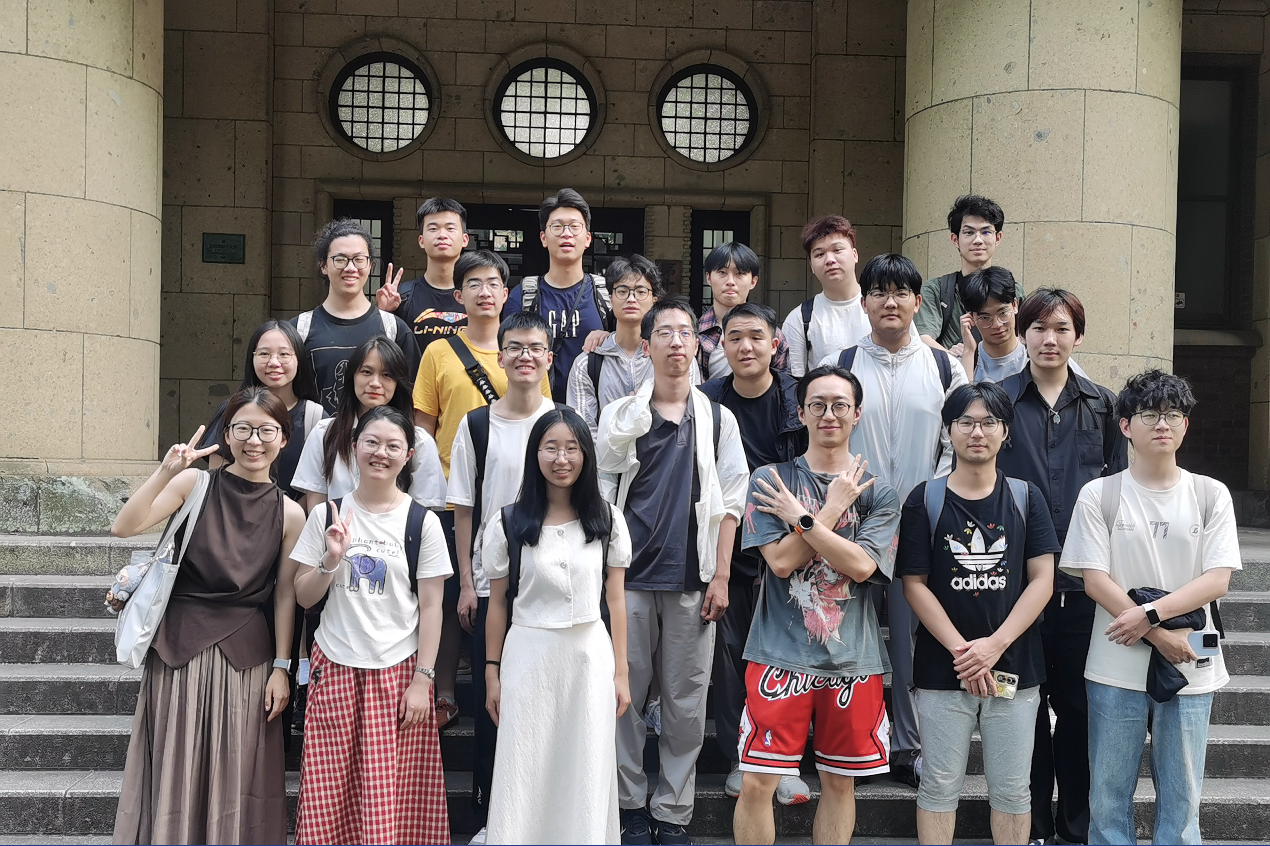
![]()
On August 21, the team visited the redevelopment site of Takenaka Corporation, one of the five largest construction companies in Japan along with Shimizu Corporation, Obayashi Corporation, Kajima Corporation, and Taisei Corporation, located in Higashi-Gotanda, Shinagawa-ku, Tokyo; they walked thru Tokyo Station, conducted on-site research on Japan's largest railroad hub, and experienced the urban node integrating transportation, commerce, and culture.

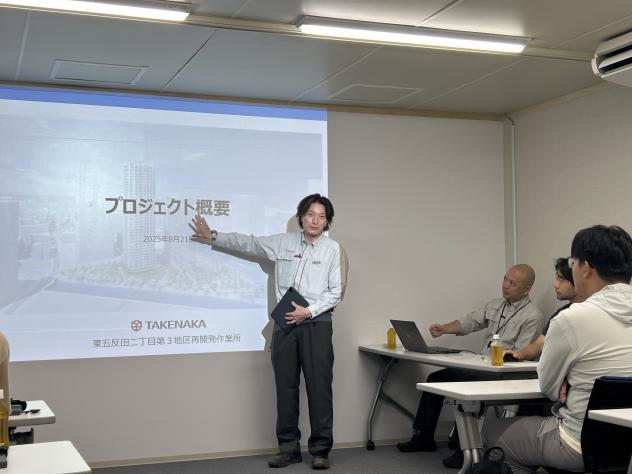
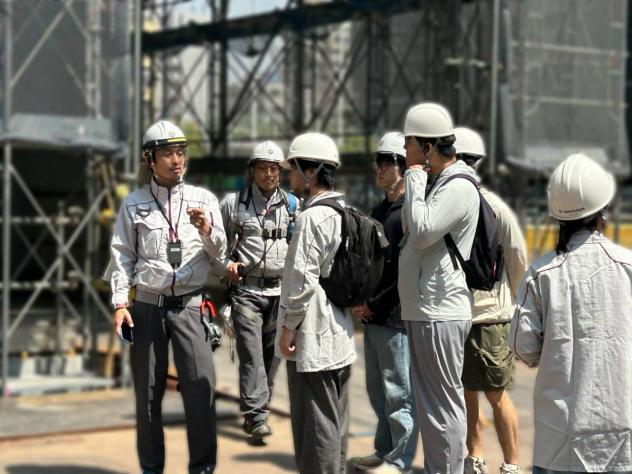
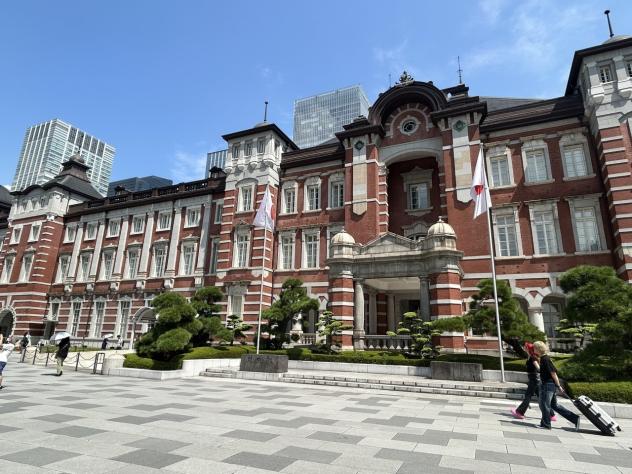
On August 22, the team visited the Institute of Industrial Science, the University of Tokyo, one of the important scientific research institutions of the University of Tokyo, which is committed to the research in the field of industrial science and technology. They discussed the strategies of updating and understanding the old folk houses by combining BIM, 3D scanning technology and large language model, as well as the strategies of updating the indoor space of buildings from the perspective of building equipment.

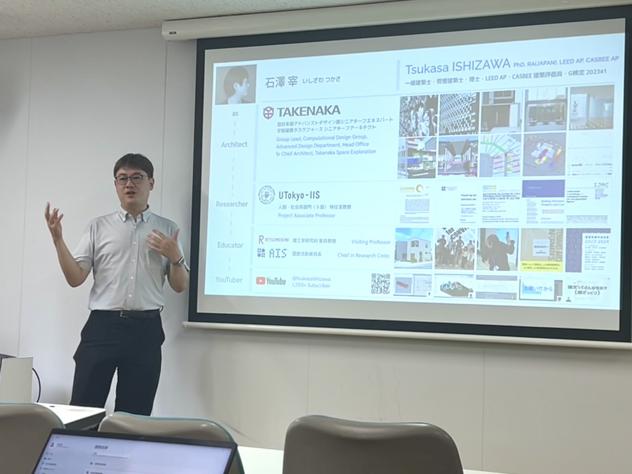
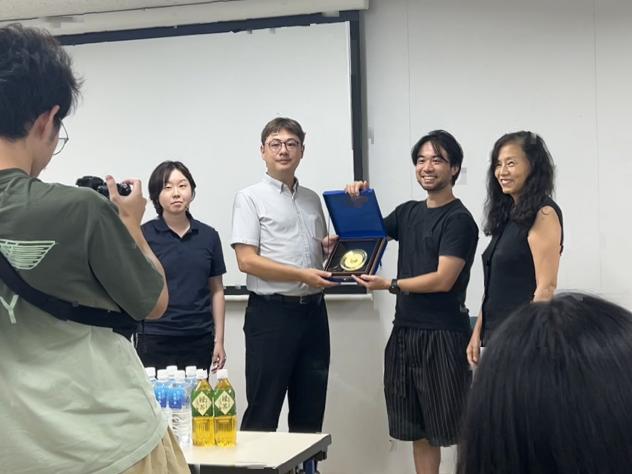
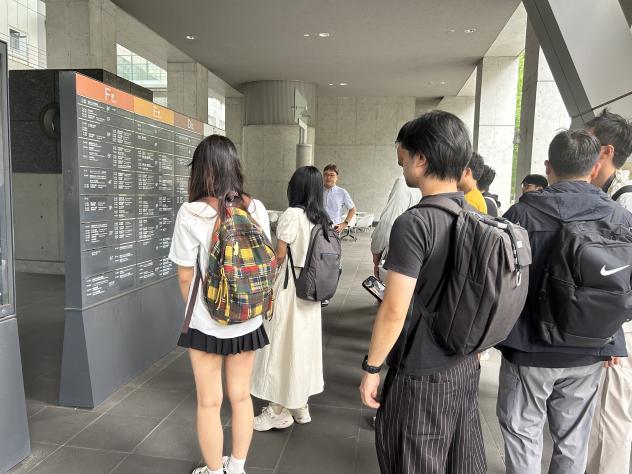
On August 23, the teachers and students strolled thru the traditional streets of Tokyo, observed the integration of historical buildings and modern landscapes in Ueno Park, and the leisure activities of citizens in public spaces; they inspected the local renewal model in the Yanaka district, felt the Showa era style in Yanaka Ginza, experienced the unique charm of the Japanese downtown, and learned how to preserve and revitalize traditional commercial blocks with historical and cultural value in urban development; they visited the Dagashiya to learn about community building and experience the life of Japanese children after school.

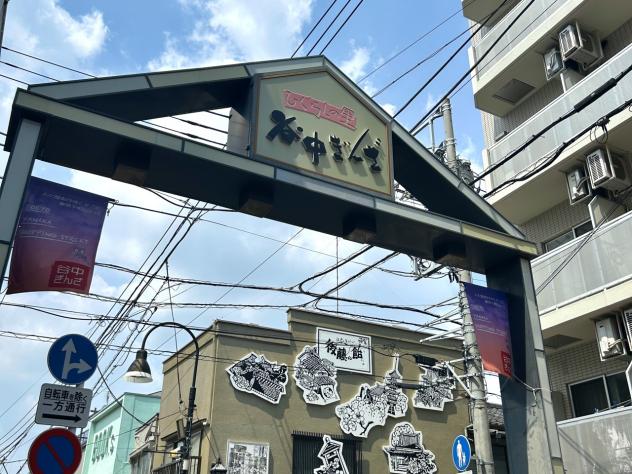
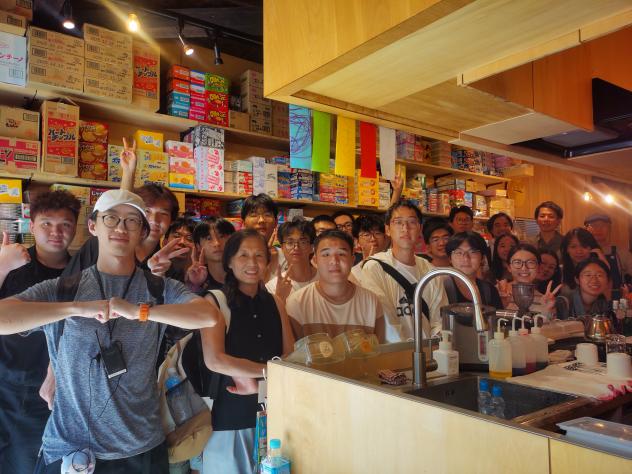
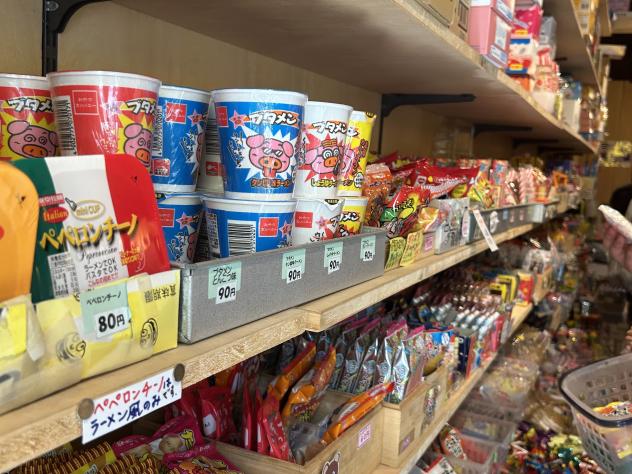
On August 24, the team visited the Hongo Campus of the University of Tokyo, admired the historic Yasuda Auditorium, and inspected the modern teaching buildings and research facilities. The open green space, the historic trees, and the coexistence of architectural styles from different periods all constitute a unique landscape on the campus. Here, the students appreciated the Uchida Gothic style and learned about the seismic protection of old buildings. Subsequently, the team went to Omotesando to inspect the commercial architectural works of various architectural masters. Here, the students felt the innovation of brand commercial architecture and experienced how fashion trends and urban space shape each other.
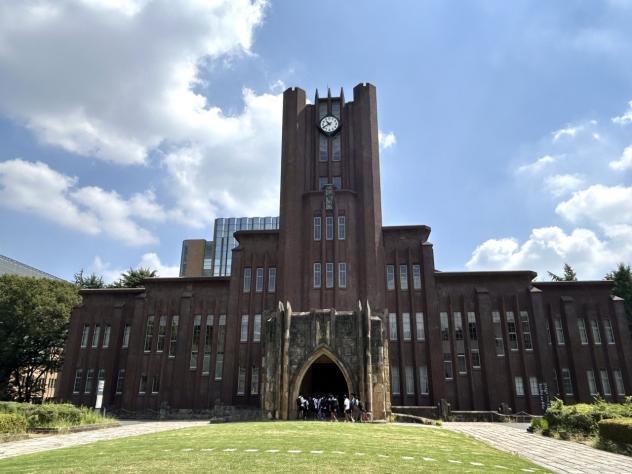
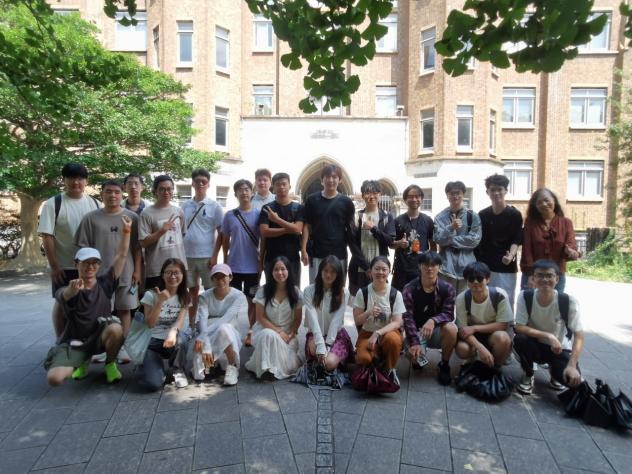
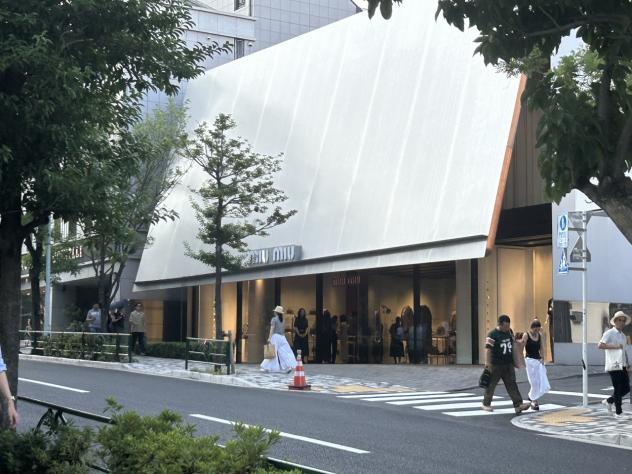
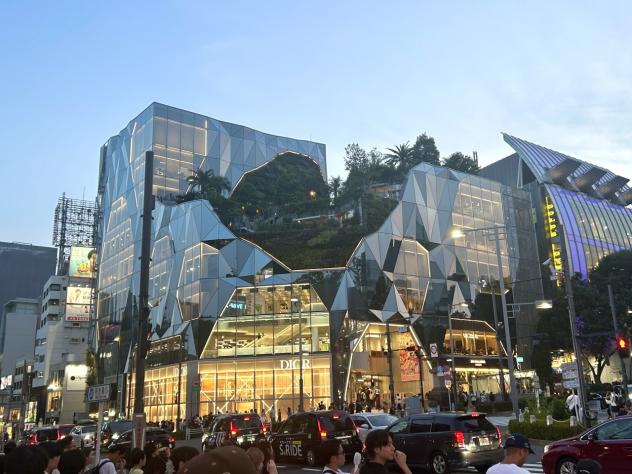
On August 25, the team visited the Daikanyama urban public landscape, whose humanized pedestrian system, rainwater management and greening integration strategy showed Japan's meticulous pursuit of improving the quality of urban public space. Subsequently, the team went to Tsukiji Market and Toyosu Market to investigate the migration of industrial space and the iteration of urban functions.
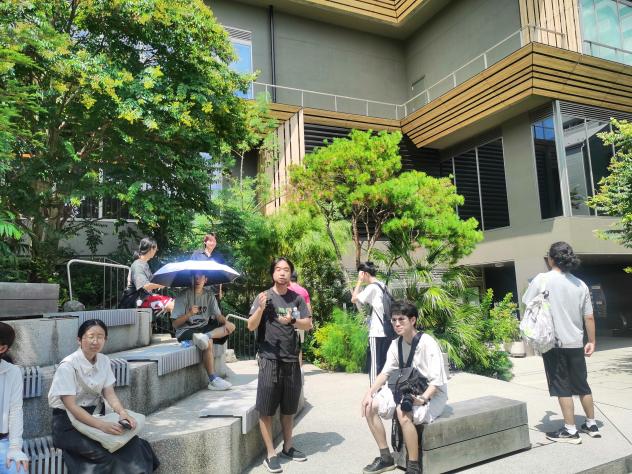
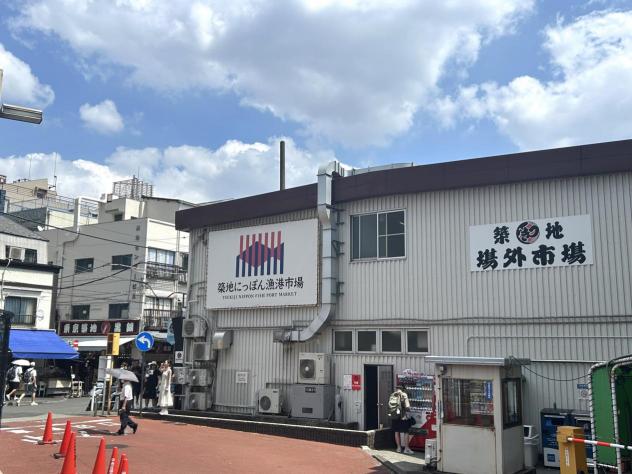
On August 26, the team visited Yokohama Chinatown and Yokohama Port. The former showed the integration of cross-cultural space thru architectural style, business balance and localization transformation, while the latter developed cultural tourism and public functions on the basis of logistics hub, and transformed the port into a waterfront space shared by citizens.
This Japanese exchange project enabled the participating teachers and students to understand the Japanese space creation concept, learn the respect for tradition, the pursuit of details and the exploration of innovation in Japanese architectural culture, promote cross-cultural exchanges in the project, expand students' international vision, and cultivate outstanding talents with international competitiveness.



